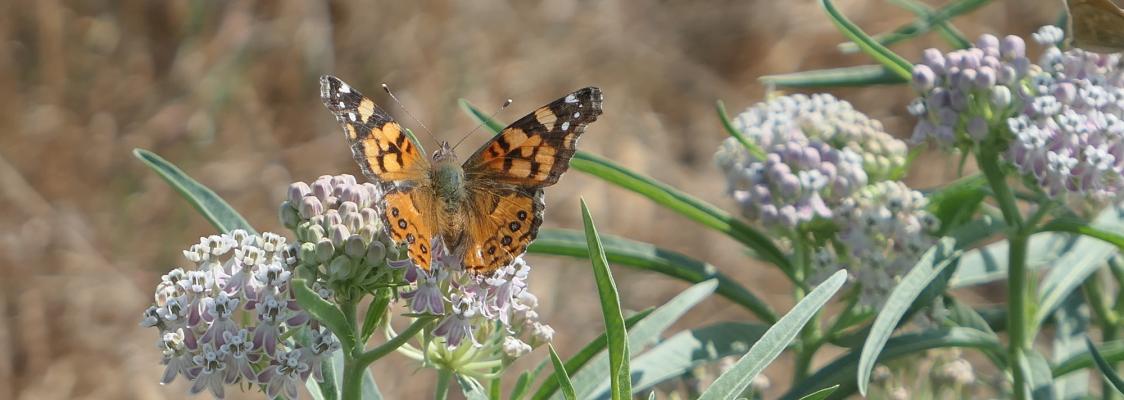Who should I contact if I have questions?
You can contact us at centralvalleypollinators@xerces.org with any questions about our California habitat kit program.
How do I participate in the Habitat Kit Program?
Project proposals for California Monarch and Pollinator Habitat Kits will be available each year in early spring. The form asks for information about where the kit will be planted, size of the area, and plans for site preparation, management, and maintenance, as well as plans for pesticide risk mitigation and outreach opportunities, if applicable. We have a webinar with tips on filling out the project proposal form.
Can I have the kit delivered to me?
Kit delivery is not available. You must pick up your kit from one of our kit distribution locations (Lockeford, San Jose, or Temecula, CA).
How did you decide what plants to include in the kits?
The plant species included in the kits have been chosen based on monarch nectaring observations compiled from numerous sources, including published and technical reports, research datasets, and personal communications with monarch researchers, botanists, and other experts. Visitation data provides good general guidance on which plants are preferred by monarchs. Additional factors, such as availability, climate adaptiveness, regional and site suitability and general pollinator attractiveness, were also taken into consideration. We also include important host and nectar plants for other declining pollinators whenever possible. All plant species in the habitat kits are native to California.
Why are the kits available in the late fall/winter?
Fall through early winter is actually the best time to plant California native plants! The winter rains help the plants to establish and the cooler temperatures reduce stress on newly planted seedlings. The plants are ordered in advance from our partner nurseries so that they are well-rooted and ready to plant once you pick them up. Delaying planting can reduce the chances of your plant successfully establishing.
I would like to create a pollinator garden at a school (or other public place). Which kit type should I choose?
The Garden Kits are most appropriate for creating a small pollinator garden because they are smaller kits and have a diversity of plants. The wildflower grassland kits are too large for a small pollinator garden and the hedgerow kits have many shrubs, which make them inappropriate for most pollinator gardens.
I am receiving additional funds for my project through an NRCS Farm Bill Program and / or a CDFA grant. Can I still apply for a kit?
Yes, you can leverage other funding sources and apply for a kit. However, you must check in with your NRCS or CDFA contact to make sure you are still fulfilling your contractual obligations.
Are habitat kits organic?
Habitat kits are not certified organic, but are grown without the use of harmful pesticides.
Can I purchase a kit on my own?
The kits are not available for sale.
Can I get technical assistance for creating and maintaining my kit?
Yes! We are happy to help. You may contact us at centralvalleypollinators@xerces.org with questions about your project and for advice on how to ensure that your project will be successful.
We have created a planting guide for our California habitat kits. You can also find a variety of information and materials on our website, particularly in the Pollinator Conservation Resource Center.
If you are interested in planting a kit on working lands, you may also want to seek assistance from your local Resource Conservation District or the NRCS.
I do not live in California. Am I eligible for a kit?
While this particular habitat kit program is only for Californians, we do have habitat kit programs in other regions.
How can I support the Xerces habitat kit program?
The habitat kits are possible thanks to the generosity of Xerces Society donors and members.
Support the Xerces Society









